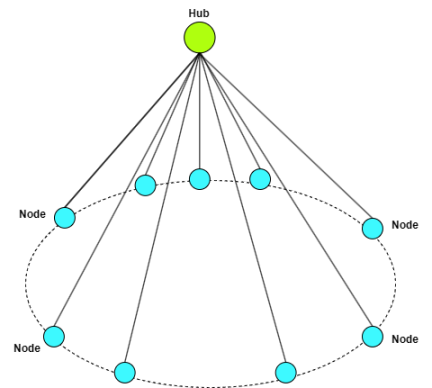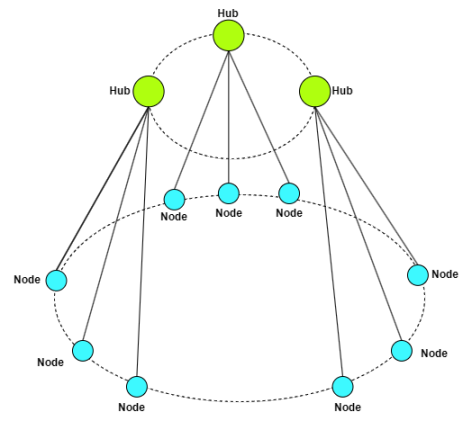Author: 1912212.eth, Foresight News
The ZK track continues to receive venture capital injections.
Recently, the real-time ZK proof network project ZEROBASE received $5 million in financing, with Binance Labs, Lightspeed Faction, Dao5, IDG, Matrix Partners, Symbolic Capital and others participating. This is the second ZK field financing since September, after a16z CSX Fund led the investment in Fermah, the developer of the ZK proof generation layer.
The lineup of investment institutions is luxurious, and in the crowded ZK field, why do VCs, which are becoming more and more cautious in their moves, take a fancy to ZEROBASE?
Real-time ZK proof network
ZEROBASE is a real-time ZK proof network that provides privacy and access to decentralized computing infrastructure. It was launched by Salus, a Web3 security company that studies and analyzes vulnerabilities and security audits. Three months ago, the company received a grant jointly issued by Ethereum, Aztec, Polygon, Scroll, Taikoxyz and ZKsync for its vulnerability analysis and security audits in zero-knowledge.
Shawnc Chong is the co-founder of ZEROBASE and Salus. He is from Malaysia and graduated from King's College London. It is worth mentioning that he is also an investor in well-known projects such as BounceBit and Sahara AI, and has been immersed in the Crypto field for many years.
At the heart of ZK technology in blockchain lies two key aspects: privacy and scalability. It enables a party to verify information without exposing the underlying data, thereby ensuring privacy, making it ideal for protecting sensitive information. In addition, it also improves scalability by moving complex computations off-chain while maintaining the integrity of on-chain verification.
Although ZK has developed rapidly, various challenges in infrastructure still exist, such as speed, cost, centralization, and scalability. Currently, ZEROBASE is working to solve these challenges.
Features and architecture design
According to its official website, the characteristics of ZEROBASE are mainly concentrated in three aspects.
ZEROBASE can generate ZK proofs within 400 milliseconds.
The security and privacy of the proof network are guaranteed through TEE, which performs secure and private proof calculations and tamper-proof data.
The distributed computing architecture is adopted to eliminate single point of failure. At the same time, the degree of decentralization is maintained, and the consensus time is less than 1 second.
In some previous network architecture designs, users interact with the network hub to obtain a list of nodes, and then select a node from the list for the next interaction. In this type of architecture, all nodes must send messages to the hub to stay online, and the hub stores information about all online nodes.

The problem caused by this centralized architecture is the overload of the Hub. Once a problem occurs in the Hub, the entire system will be greatly affected.
ZEROBASE adopts a new architecture, dividing nodes into subsets, each of which is managed by a Hub. Each Hub only records the status information of the Node it is responsible for, which means that a node only communicates with its corresponding Hub.

In this architecture, even if the number of nodes increases, the system can continue to run smoothly by adding more Hubs.
The ZEROBASE Hub is responsible for broadcasting verification tasks. It broadcasts tasks to the ZEROBASE network, and provers who respond within a specific time frame randomly receive proof generation tasks. The ZEROBASE Hub also handles user verification requests. Users must declare their tasks to the Hub before sending the specific content required to generate the proof. The Hub then broadcasts these tasks in the ZEROBASE network.
The functions of ZEROBASE Hub also include generating node connection credentials, processing data packets sent by nodes, and building payment orders.
At present, ZEROBASE application cases include zkLogin, zkDarkPool, Tiga processor, etc., and its future development prospects deserve close attention.













